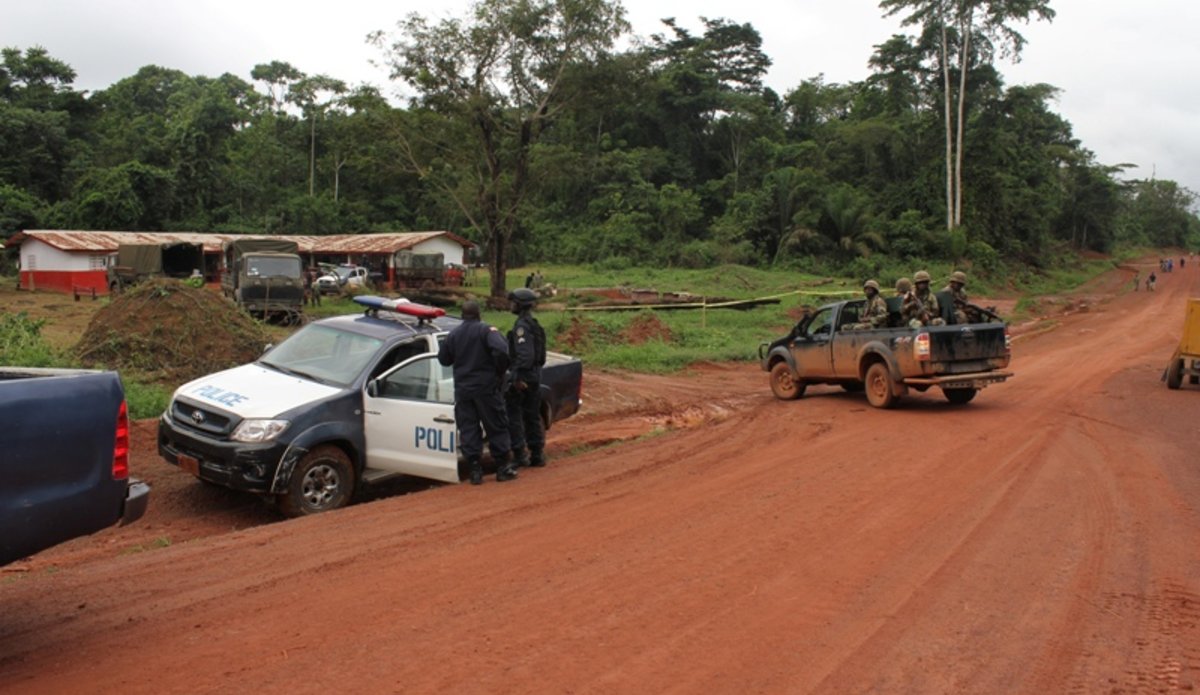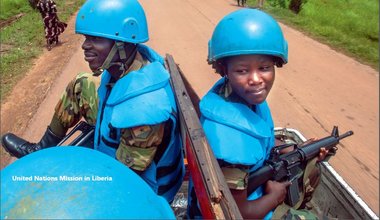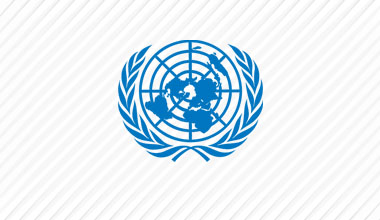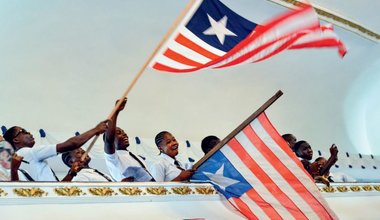Peace in Liberia: The Stakes at the Border
In Côte d’Ivoire’s western regions, security is still fragile more than a year since the 2010 post-election violence. As ethnic tensions exacerbated by the conflict and compounded by inter-communal land disputes run high, Liberian security agencies have much work to do to monitor cross-border movements. But theirs remains a difficult watch as Liberian outposts along the porous 700 km border are few and far between.
For the most part, the routine among agents of the Bureau of Immigration and Naturalization (BIN) and their counterparts of the Drug Enforcement Agency (DEA) at the manned border crossings involved entry-exit controls for Ivorians and Liberians engaged in trade or refugees crossing the border. But that changed on 8 June 2012, when an ambush on a ground patrol unit of the UN Operation in Côte d’Ivoire (UNOCI) near the Ivorian border town of Tai left several people dead, including seven UN peacekeepers. Since then, the watch on Liberia’s border with Côte d’Ivoire has been anything but business as usual.
Along with the UN, both governments were unequivocal in their condemnation of the attack, allegedly launched from across the border by Ivorian dissidents and fugitives. At a quadripartite emergency meeting convened in Abidjan following the attack, the UN called for a reinforcement of cooperation between Liberia and Côte d’Ivoire. UNMIL and UNOCI reaffirmed UN support for efforts to consolidate peace in the sub region, and announced plans to intensify patrols along the common border.
Following the 13 June quadripartite meeting, military observers from UNMIL units across southeastern Liberia increased their already existing joint ground patrols, conducted with their counterparts from Liberian security units, including BIN and the Emergency Response Unit of the Liberian National Police. In Grand Gedeh County, UNMOs from Team Site 7 in Zwedru alone logged in a total of 92 ground patrols in July, up from 84 the previous month. The team also posted six air-inserted-foot patrols (AIFP) in June – a record high. Until then, the unit had averaged one AIFP a month.
Team 7 patrols have generally been at the border localities of Tempo, Bh’ai and Garley Town in Grand Gedeh. Further down south, Team 6 in Harper, Maryland County, has been out on the watch in Kablaken, Dakay, Doukudi and Nyaaken. AIFPs have also been conducted in areas like Webbo Chara where access by road is extremely difficult. These apart, special patrols have also been carried out in Grand Kru, River Gee and Grand Gedeh Counties.
On both flanks of the border, UNMIL and UNOCI forces conduct these patrols in collaboration with Liberian and Ivorian security forces under Operation Mayo, a framework for cross-border cooperation between the two missions and governments, in force since April 2006.
Patrol units from the two Missions and countries keep to their side of the border or area of responsibility. UN air assets are used to patrol both sides of the border.
The watch on the border is an endeavour fraught with challenges. “The biggest issue is getting access to the border itself,” concedes Team Site 6 leader, Capt. Alvado Studart. At best, access to most border localities is by near-impassable dirt roads, and forest trails that handle only foot traffic. “Where we can’t patrol by road, we have air assets to fall back on,” Studart adds, though.
 UN
UN United Nations Peacekeeping
United Nations Peacekeeping





